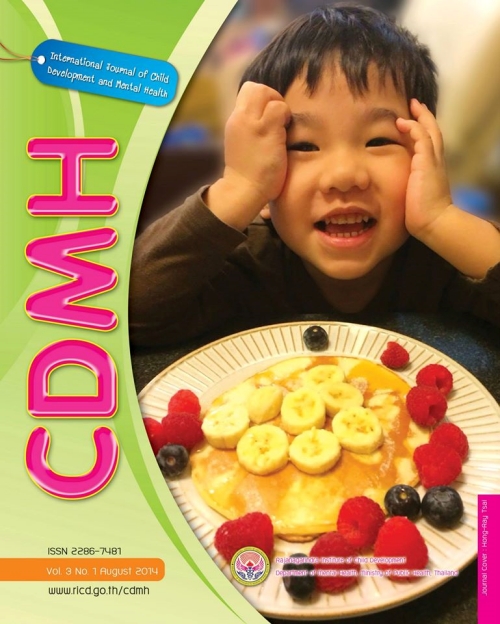Parental Demographic Factors Affecting the Application of Common Methods towards Tantrum Management in Toddlers: Implications in Designing a Parenting Skills Program
Main Article Content
Abstract
Temper tantrums are considered an outburst displayed by young children towards their parents or guardians. These behaviors can be considered normal and a reflection of immaturity as the child strives to accomplish age-appropriate developmental tasks. Moreover, toddler discipline is a very difficult task for parents and caregivers when dealing with temper tantrums. Parents must also learn that there is consistency in the way that these behaviors are handled when they cross the boundaries. With this in mind, the study
determined parental demographic factors affecting the application of common methods towards tantrum management in toddlers. The study selected parents from a public (n=40) and private (n=40) schools. A validated self-made questionnaire was utilized to gather information pertaining to temper tantrums, its scenarios, manifestations and methods utilized by the parents. Based on the results, it was identified there are nine (9) methods used by parents in tantrum management and the most common methods utilized by parents are ignoring (87.50%) and distraction (55.00%) in private school while reward scheme (55.00%) and distraction (52.50%) were common in parents from the public school. It was also shown that the parent’s age, marital status, educational attainment
and number of children showed a significant relationship towards the common methods such as ignoring, cuddling, positive reinforcement, body language, and reward scheme. The present researcher presents a proposed design utilizing the results shown in managing temper tantrums in children.
Article Details
![]()
Creative Commons License
This work is licensed under a Creative Commons Attribution-NonCommercial-No Derivatives 4.0 International (CC BY-NC-ND 4.0)
The authors retain copyright and permit the journal the copyright of first publication
Articles, once having passed the review process and accepted for publication in the CDMH Journal, are copyrighted under the CDMH Journal, Department of Mental Health, Ministry of Public Health. Please be aware distribution of CDMH Journal content for commercial purposes without permission is expressly prohibited. However, distribution with intent to educate, advocate, or spread awareness within the general public and research communities is permitted and encouraged with the understanding that the CDMH Journal Editorial Board do not hold jurisdiction or liability for any accompanying comments, text, or information from third parties, either in favor for or against the original article’s assertions, conclusions, methodology, or content.


